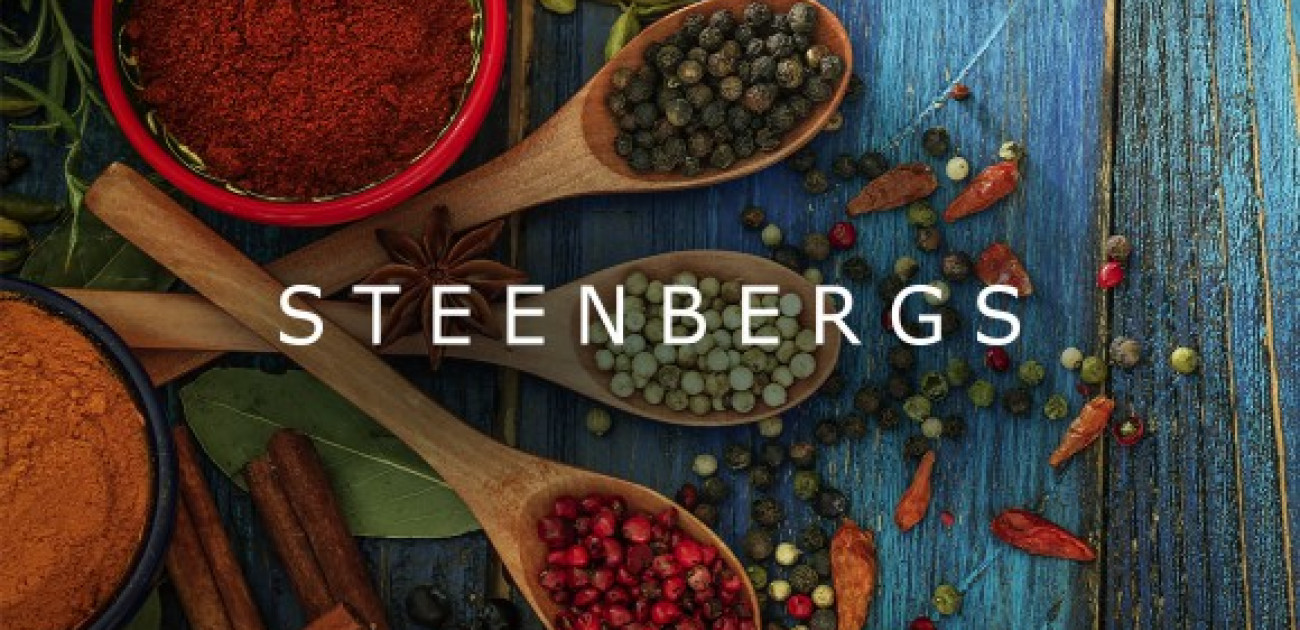15 July 2009
How to Make a Good Cup of Tea

There is nothing worse than a dishwater-tasting cup of tea.
We seem to have forgotten how to make tea - whether it's the result of a lack of time or trying unsuccessfully to extract some flavour from tea bags. Why is this? Is brewing tea an art form that requires an indulgent muse or a sacrifice to some un-named tea god? Or is proper tea brewing the product of military discipline or a Zen-like calm?
Actually, all it needs is a little patience, some good quality tea, clean water and to follow some basic rules. The key in making tea is (as in everything) to practice, practice and practice again.
Granny used to make tea following the Mrs Beeton method:
The old-fashioned plan of allowing a teaspoonful to each person, and one over, is still practised. Warm the teapot with boiling water; let it remain for two or three minutes for the vessel to become thoroughly hot, then pour it away. Put in the tea, pour in ½ to ¾ pint of boiling water, close the lid and let it stand for to tea to draw from 5 to 10 minutes; then fill up the pot with water. The tea will be quite spoiled unless made with water that is actually boiling, as the leaves will not open, and the flavour not be extracted from them; the beverage will consequently be colourless and tasteless, - in fact nothing but tepid water. Where there is a very large tea party to make tea for, it is a good plan to have two teapots instead of putting a large quantity of tea into one pot; the tea, besides, will go father. When the infusion has been once completed, the addition of fresh tea adds very little to the strength; so if more is required, have the pot emptied of the old leaves, scalded, and fresh tea made in the usual manner. (Beetons Book of Household Management, 1861)
But it is much simpler than that. The key is to follow some golden rules.
A ROUGH GUIDE TO TEA MAKING
These are my golden tea-making rules:
- Fill the kettle with freshly-drawn cold water which is well mixed with oxygen (boiled water has lost its oxygen). Oxygen is vital to bring out the taste and aroma
- Fill the tea-pot with boiling water, to warm the tea-pot and so prevent the brew from cooling too quickly then pour out as more water comes to the boil
- Measure the organic tea carefully: for strong organic Fairtrade tea, use 1 teaspoon per person and 1 for the pot; for large leaf organic Fairtrade teas, ½ teaspoon per pot is ideal (or see our more detailed charts below)
- Fill the kettle with more freshly-drawn cold water, pour away warm water in tea-pot and pour the new water into the pot as it boils, because off-the-boil water makes very dull tea. Infuse for 5 minutes (see below). A quick brew never gets the full flavour from the organic tea leaves, whereas a long brew is astringent
- Add milk first, because milk dissolves better in hotter liquid
- Ceramic and china teapots keep warmer for longer and don’t taint the tea. Even better are cast iron tea pots, although they are a bit expensive. Never ever bleach the teapot
- Sit back, relax and enjoy!
AXEL'S TEA BREWING CHARTS
Here's Axel's overview table of everything about making organic Fairtrade tea:
| Tea type | Tsp in pot | Milk | Strength | Time of day |
| Darjeeling | 2 - 3 | O | 2 | PM |
| First Flush Darjeeling | 1 | N | 1 | PM |
| Assam | 3 - 4 | Y | 3 | Allday |
| Ceylon | 3 - 4 | Y | 4 | Allday |
| Orange Pekoe | 2 - 3 | O | 3 | Allday |
| Earl Grey | 1 - 3 | O | 2 | Allday |
| Green tea | 1 | N | 1 | PM |
| Jasmine | 1 | N | 1 | PM |
| Lapsang Souchong | 1 | N | 1 | PM |
| Yunnan | 1 - 3 | O | 2 | PM |
| Keemun | 1 - 3 | O | 2 | PM |
| Japanese Sencha | 1 | N | 1 | PM |
| Nilgiri | 2 - 4 | O | 2 | PM |
Key: Y = Yes O = optional N = No
Here’s a handy table that gives a little more detail on tea brewing times:
| Tea type | Brewing time | Water temperature |
| Black teas | 5 minutes | Boiling water |
| Green teas | 3 minutes | Let water cool for about 1 minute after coming to the boil; it should be 65 - 70°C (150 - 175°F) |
| Oolong tea | 7 minutes | Let the water rest for 30 seconds after coming to the boil |
| Herbal infusions | 5 minutes | Boiling water |
For these tables, we have assumed a classic family-sized tea pot - enough for 6 cups.




